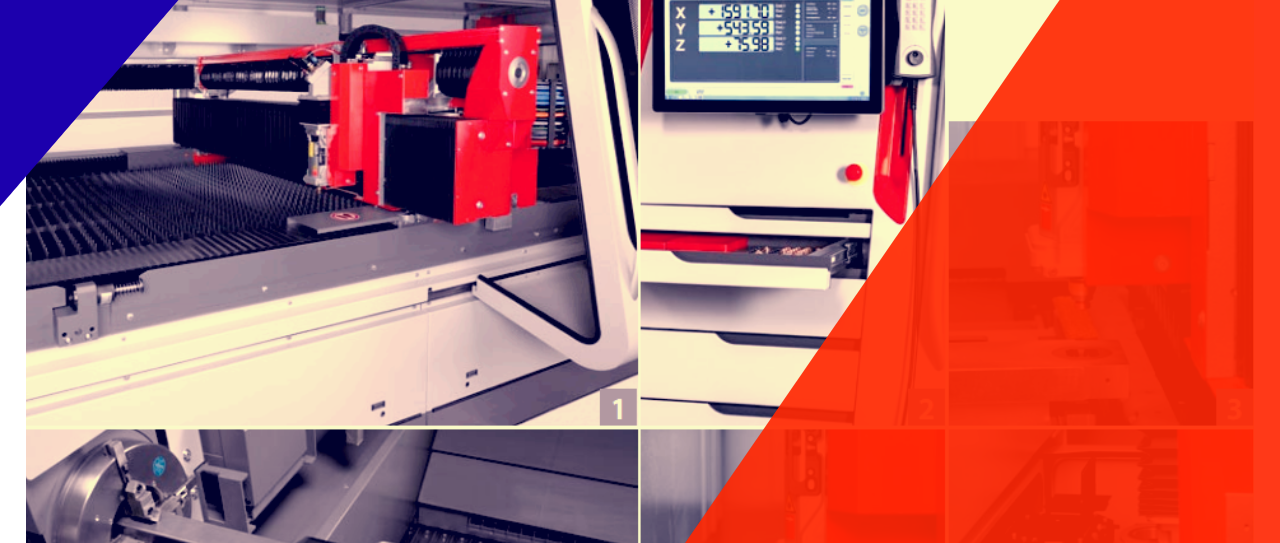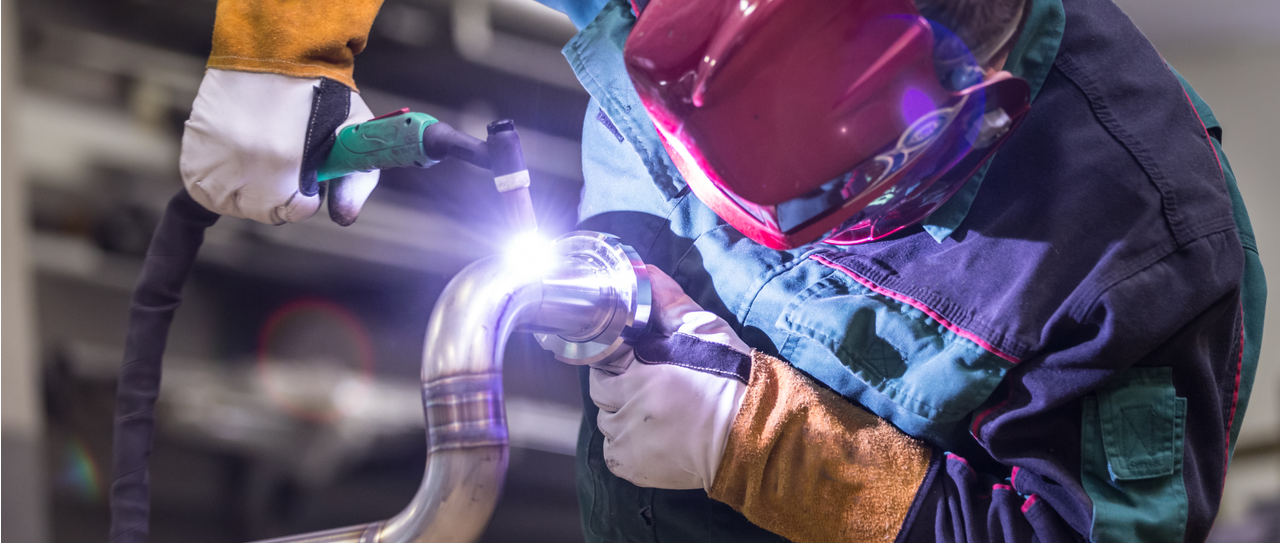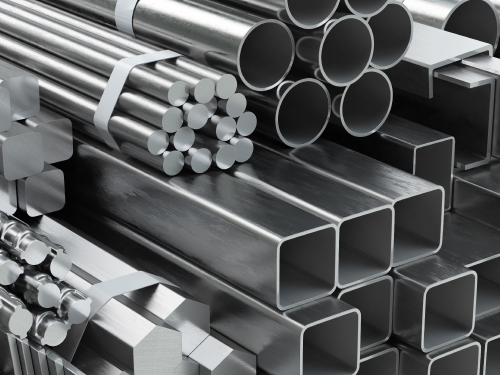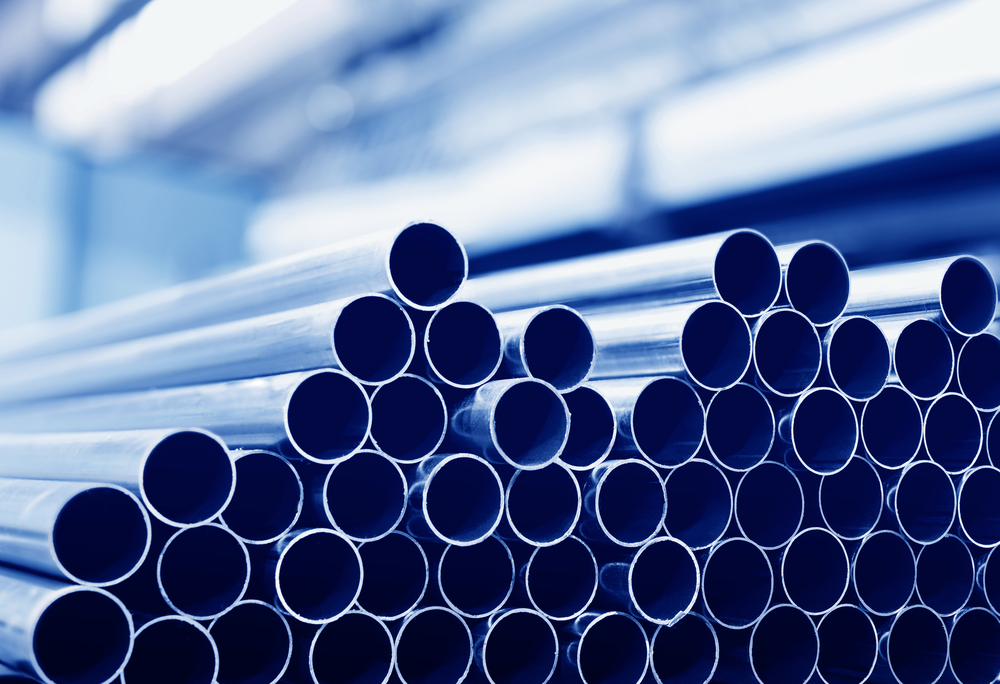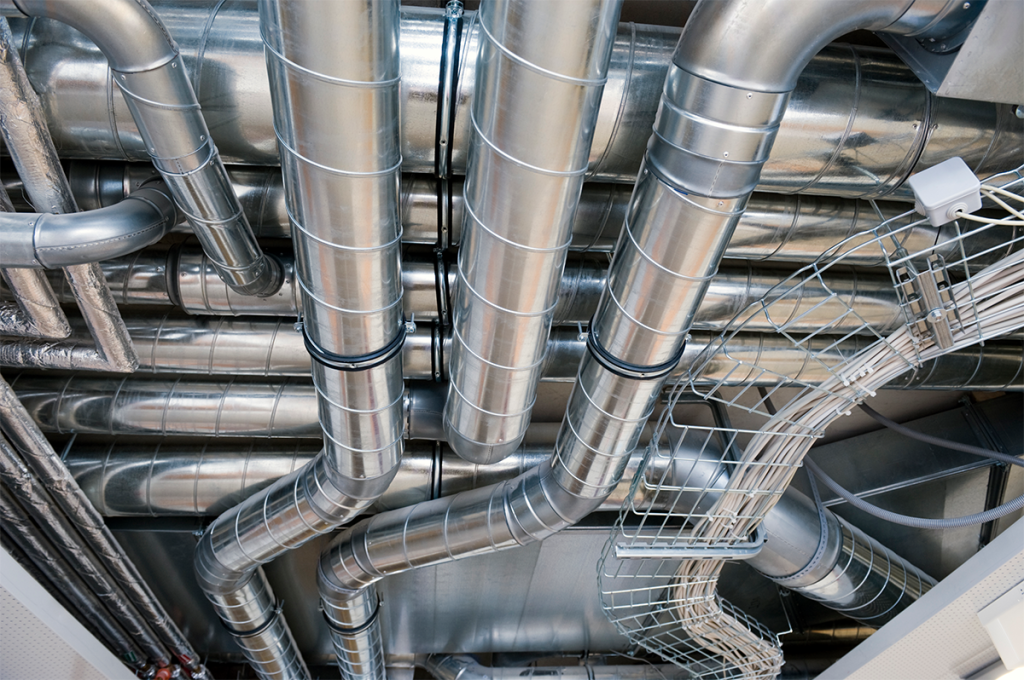Like laser cutting, metal rolling, welding, metal bending, etc. the rotary cutting has developed since its introduction in the early 20th century. From a simple method of cutting metal parts for any stainless steel fabrication, aluminium fabrication, or steel fabrication process, it turned out to be one of the most effective cutting methods in pipe and tube production.
Although in a sense, the rotary cutting is simply a motorized form of plumber’s tube cutting, it still managed to place itself on a firm position in the metal fabrication industry over the years.
How Does It Work?
The tube or pipe is placed in the roller while the rotating cut-off blade engages the pipe or tube. This causes the tube to spin and when the pressure is applied downwards to the cut-off blade, it goes through the wall and simply parts it.
In this process, no material is wasted because the tube is parted, not cut. Besides, it eliminates the need to clean the workstation every time you process a tube, which is why this type of chipless cutting is very efficient for metal fabricators.
Different Applications:
Rotary cutting can handle different tube and pipe lengths and diameters. That’s why it is used in metal fabrication, automotive, heat exchanger, sprinkler, conveyor, game equipment, cylinder manufacturing, nipple & pipe industries and most importantly the tube production industry.
As for the use with different materials, rotary cutting is suitable for almost any kind of metals like steel, brass, copper, aluminium, stainless steel, titanium, etc.
Machines
There are two primary styles for rotary cutting machines.
Manual: The manual ones are an economical option for metal fabrication shops with intermittent cutting operations. As the name suggests, they require an operator to handle it throughout the process. So the quality of results depends on the operator’s experience and capability. However, these machines are only suitable for short runs.
Air-Operated: These are more advanced and requires minimal adjustment. They eliminate operator’s fatigue by automatically adjusting the cutting speed, the position of the head assembly, air pressure, etc. The units can maintain the same cut from the very first one to the last one of a production line.
Accessories with the Machine
To increase the efficiency of rotary cutting, there are a number of accessories available in the market.
Length Gauge Assemblies: The standard length gauge assemblies provide a good stop for the repetitive cutting of material. Here, the assembly allows consistent and repetitive cuts throughout the production run without re-measuring.
The automatic length gauge assemblies allow a good stop for repetitive cutting of the same material and automatically initiate cut-off cycle once the length of that material is calculated.
Cutter Block Assemblies: For specific pipe and tube diameters, the cutter blocks assemblies are available in different sizes. They provide support for the machine while the material is being cut.
To use it properly, the operator needs to ensure the cutter block rolls are spaced so that the pipe or tube diameter is cradled one-third of the way into the rolls. Usually, by spreading the rolls from the initial position, the operator can reduce OD burr. But for reducing ID burr, the rolls need to come closer.




